Australia’s Economic Landscape: A Deep Dive into China’s Key Role
Key points
- Australia’s economy is significantly influenced by its partnership with China, extending beyond trade interactions.
- China’s easing policies foster economic growth and create positive ripple effects.
- The United States’ domestic economy and policy adjustments impact the global economic landscape.
- Adjustments in interest rates by the United States may lead to a relative softening of the AUD-USD currency pair.
- Short-term fluctuations in the AUD-USD pair require adaptability and understanding of market forces.
- Thorough analysis and up-to-date information are crucial for navigating the complexities of global economics.
Introduction
In the intricate web of China’s economic partnerships, Australia holds a position of paramount significance. The symbiotic relationship between these two nations goes far beyond mere trade interactions, shaping the contours of Australia’s economic landscape. In this professional market analysis, we will delve into the intricate dance of economic interdependence, exploring the pivotal role played by China and the United States in steering Australia’s fiscal standing and the dynamics of the AUD-USD currency pair.

The Impact of China’s Economic Robustness on Australia
Australia’s economic prosperity is closely tied to the robustness of China’s economy. As China’s economy flourishes, Australia’s fiscal standing experiences an undeniable boost. The trade balances between the two nations become a key determinant in this augmentation. China’s insatiable appetite for Australia’s resources, particularly minerals and energy commodities, creates a strong foundation for Australia’s economic growth.
The Australian Dollar’s Buoyant Influence
The strong correlation between China’s economic prowess and Australia’s fiscal strength is further reflected in the value of the Australian Dollar (AUD). As China’s demand for Australian resources increases, it propels Australia’s export earnings and raises the value of the AUD. Consequently, the Australian economy has become more robust and resilient.
China’s Easing Policies and Economic Growth
China’s strategic implementation of easing policies plays a crucial role in fostering an environment conducive to economic growth. Measures such as reducing the legal reserve rate, expanding the balance sheet, and initiatives aimed at bolstering facilities and reducing loan interest rates collectively serve as catalysts for China’s economic expansion. This, in turn, generates positive ripple effects in the medium term, with sustained growth anticipated for China’s economy.
The United States Formidable Influence
While China’s direct impact on Australia is evident, the United States also holds significant power on the global economic stage. With its robust domestic economy, the United States possesses the potential to enact policy adjustments, particularly concerning interest rates. These strategic maneuvers are aimed at recalibrating fiscal policies while maintaining a steady trajectory.
Repercussions of Interest Rate Adjustments
The potential consequences of interest rate adjustments by the United States extend beyond domestic boundaries, affecting the global economic tapestry. As the United States contemplates interest rate hikes, the U.S. dollar’s strength is likely to be reinforced. This, in turn, has implications for the AUD-USD currency pair on the global stage.
Relative Softening of the AUD-USD Pair
Given the formidable resilience of the U.S. dollar, the AUD-USD currency pair may witness a relative softening against the Australian Dollar in the medium term. Even if the U.S. dollar does not experience a direct weakening, the strength of the Australian Dollar may outperform it, creating a relative softening effect.
Proactive Response to a Strengthening Dollar
In the short term, a proactive response to the strengthening U.S. dollar is anticipated. Market forces will realign themselves to adapt to this evolving economic landscape. As a result, the AUD-USD currency pair may undergo a transient correction, but this correction is expected to be temporary. The prevailing upward trend is likely to resume as the economic dynamics recalibrate and stabilize.
Conclusion
The intricate dance between China and Australia, accompanied by the strategic maneuvers of the United States, paints a complex tableau of economic interdependencies and recalibrations. The AUD-USD currency pair’s short-term fluctuations serve as a microcosm of the broader global economic intricacies. Navigating the undulating terrain of international finance requires foresight and a deep understanding of policy dynamics.
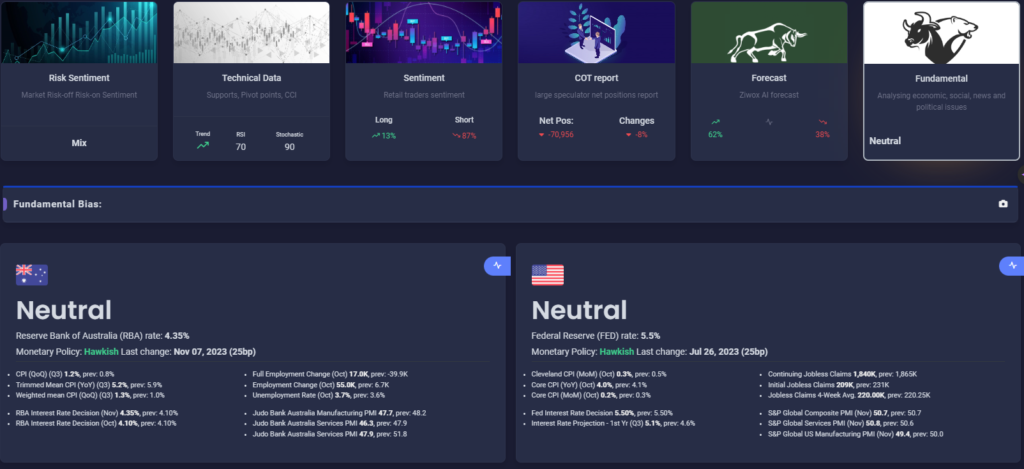
Positive forecast based on Ziwox AI over sold Net position based on COT report
To succeed in an ever-evolving economic landscape, thorough analysis and up-to-date information are crucial. By understanding the symbiotic relationship between China and Australia, as well as the potential impact of the United States’ policies, investors, economists, and businesses can make informed decisions. Recognizing the nuances of these economic interdependencies ensures a competitive edge in the intricate web of global finance.
🇺🇸 🇪🇺 🇬🇧 🇨🇦 🇯🇵 🇨🇭 🇦🇹 🇳🇿




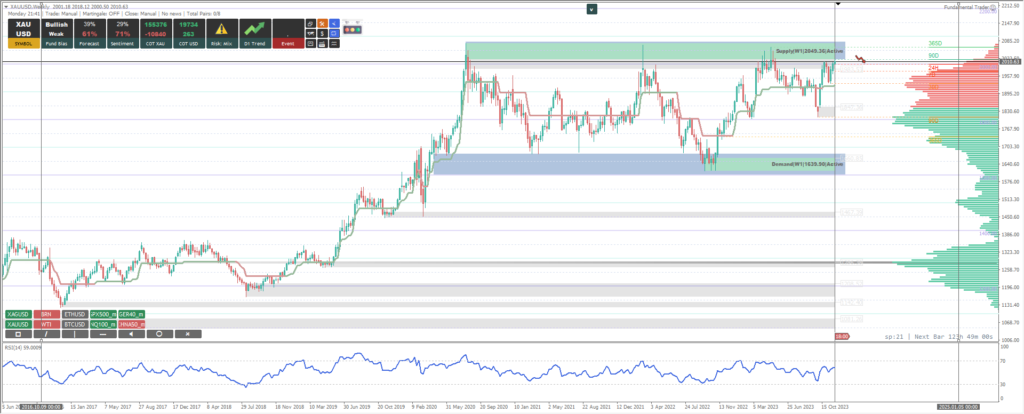
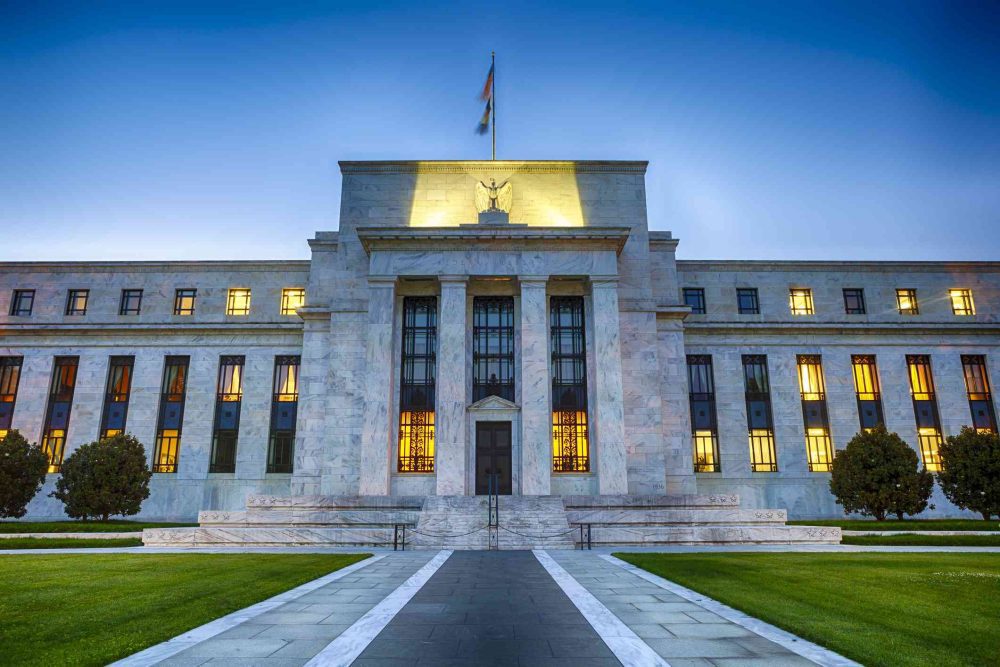
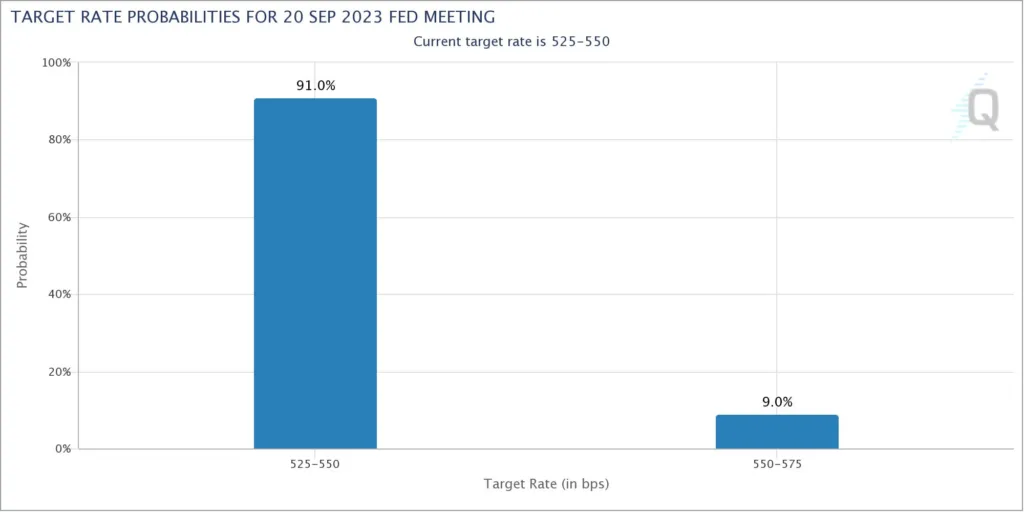
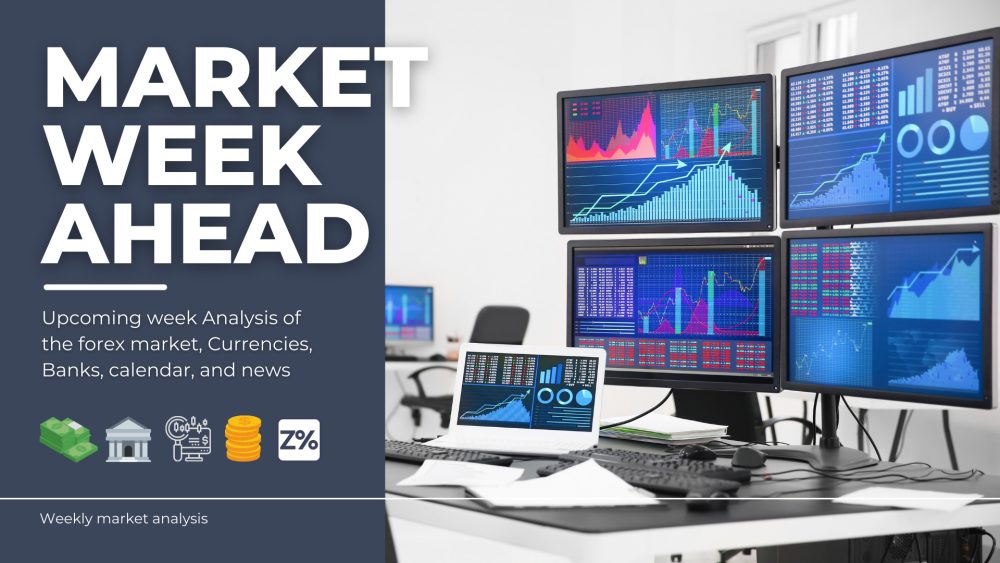
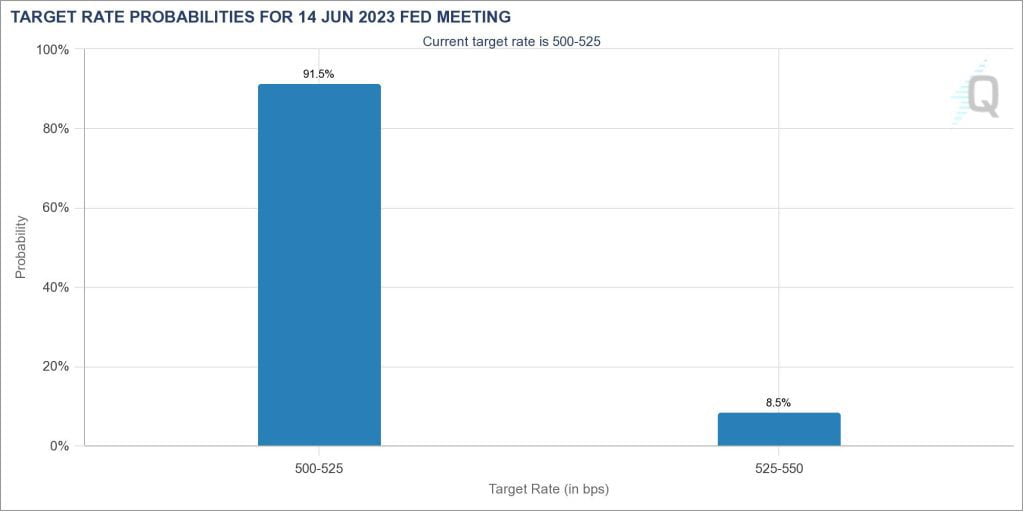

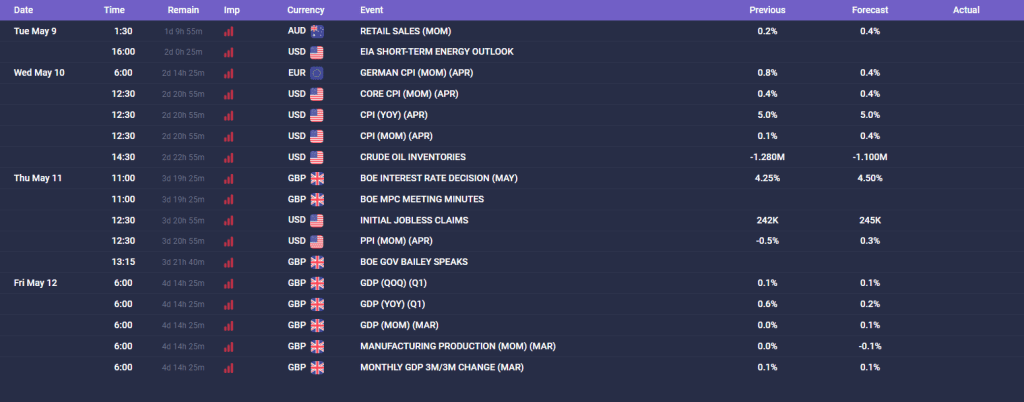
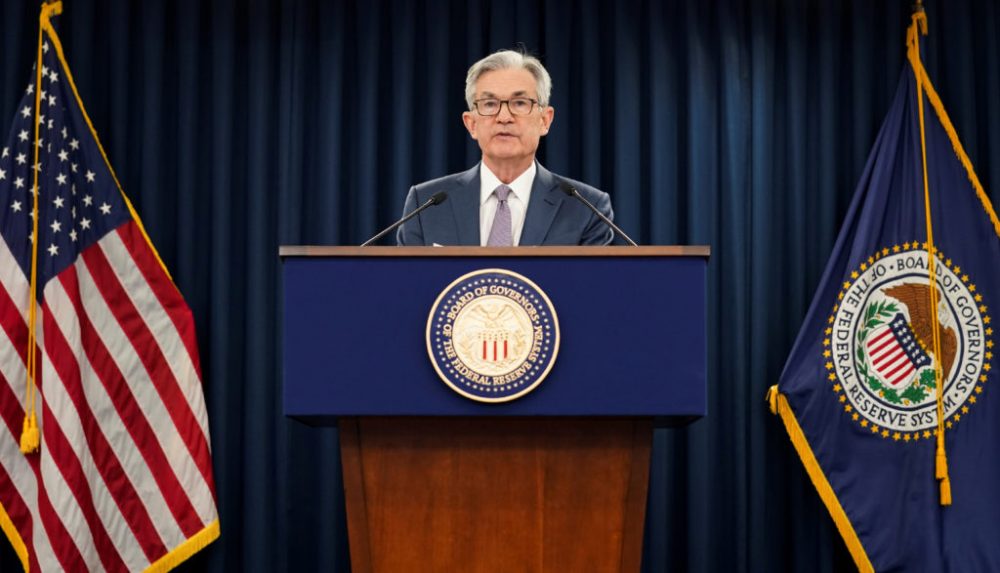

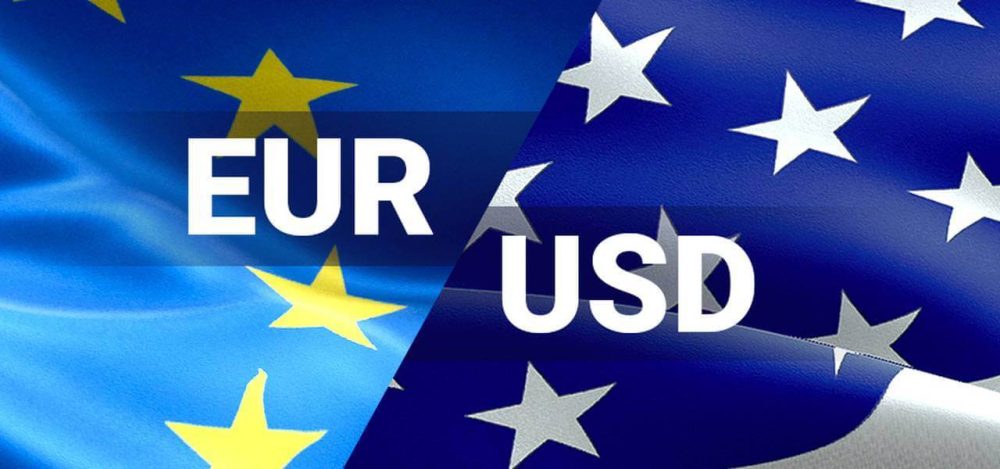
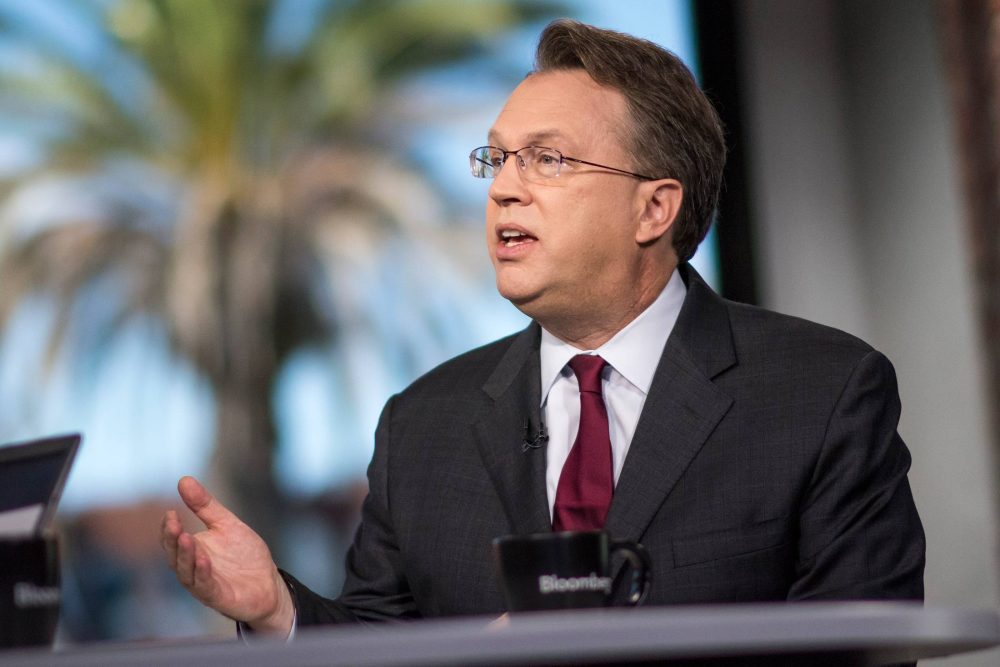
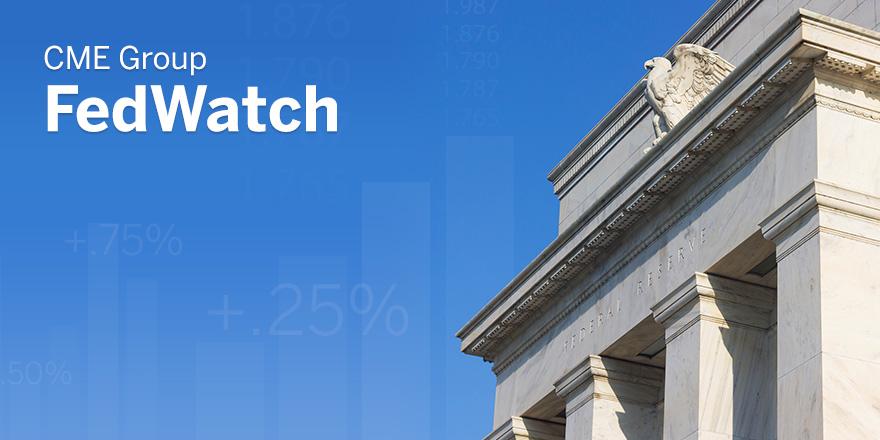

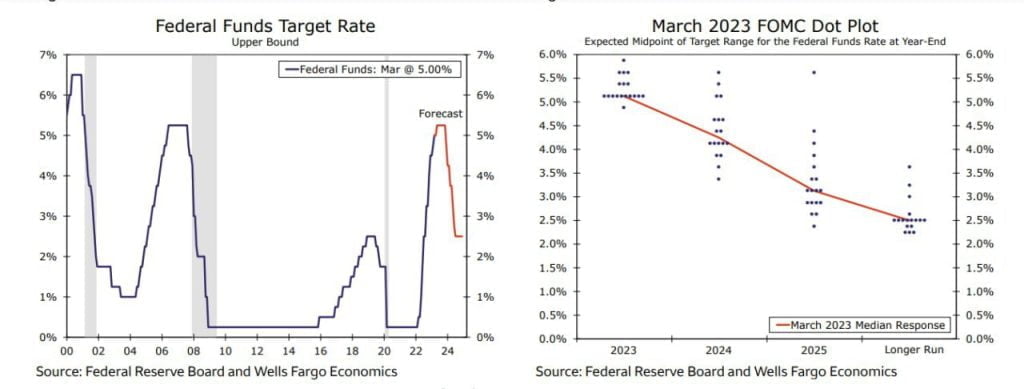
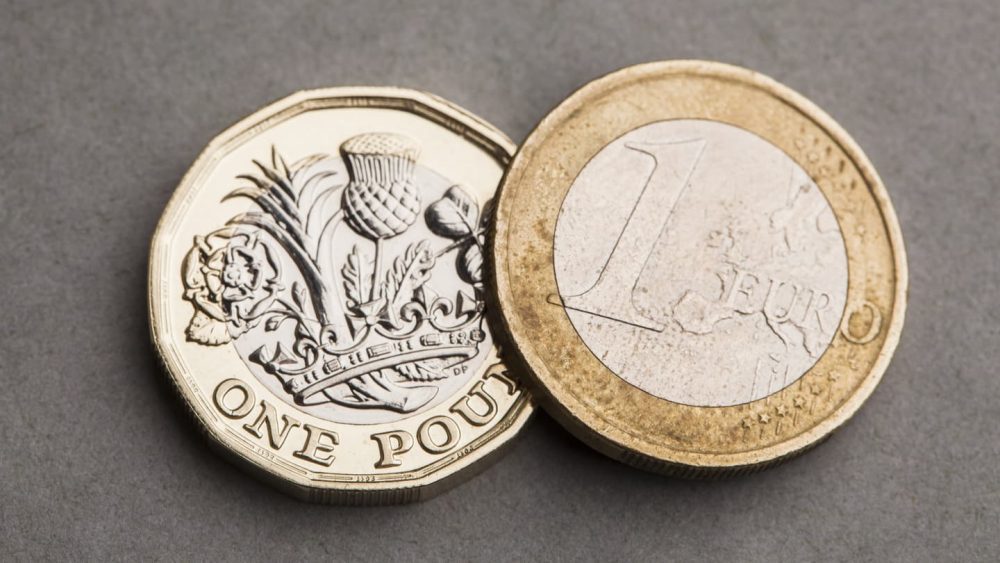
Leave a Reply
You must be logged in to post a comment.